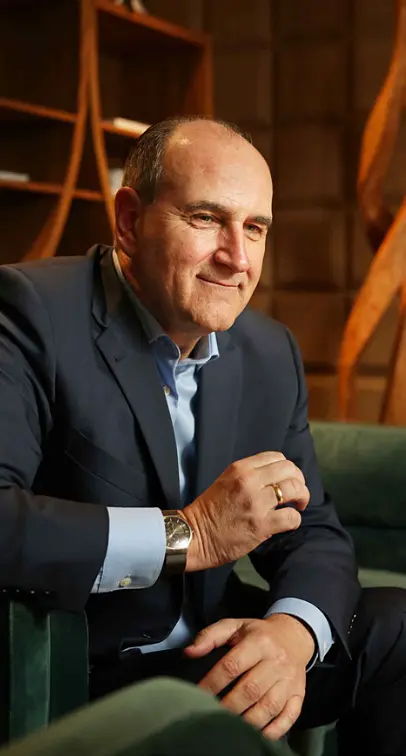THE WORLD’S #1 EXECUTIVE COACHING AND BUSINESS COACHING BLOG SINCE 2017.
From Potential to Performance: How to Bridge the Gap
June 13, 2019 | Category: Blog, Intelligent Leadership
Not all high performing individuals are high-potential people.
High-potential individuals tend to be high performers, but not all high-performing individuals are high-potential people.
Sometimes people are taken aback when I say that, but it’s true. By the same token, not all high-potential people are high performers, but most of them are. Being able to identify both high-performing individuals and high-potential individuals is tremendously valuable. Finding the high-potential people who are also high performers is especially important because these tend to be the people with a clear leadership trajectory in front of them – if they’re willing to pursue it.
I discuss the phenomenon of high-performing and high-potential individuals in the following short video:
Knowing the difference between high performers and high-potential people is essential to top leadership because it can maximize the chances of putting the right people into the right roles, and it helps leaders know who will benefit most from things like leadership development programs and leadership coaching.
Identifying High-Potential People Can Be Challenging
Finding high performers is easy because it’s easy to see who is meeting or exceeding performance metrics. Ask anyone in any department, and they can probably tell you who the high performers are. But identifying high-potential people is harder. Potential doesn’t necessarily tick the KPI boxes, but these individuals may be diamonds in the rough that can help your organization achieve bigger goals than you might have imagined.
High-potential people generally deliver good results. They also continually strive to master new skills, and they often have strong emotional intelligence – knowing the right words, behaviors, and attitudes for the given situation. Often, high-potential individuals aspire to greater responsibility. They’re good with autonomy and demonstrate flexibility. They know how to make good decisions and innovate. You may not notice these characteristics unless you’re specifically looking for them.
Helping Everyone Fulfill Their Potential
Understanding people’s performance and potential helps leaders manage individuals better.
Most organizations have people who fall into these categories:
- High performance / high potential
- High performance / low potential
- Low performance / high potential
- Low performance / low potential
It’s important to engage with people in each category in particular ways to maximize their performance and make use of their potential. Low-performance / low-potential people can sometimes show measurable improvement with the help of an actionable performance plan. Low-performance / high-potential employees may do better with training, or by being mentored by a high performer.
High-performance / low-potential individuals can excel when offered encouragement, challenging assignments, and training that makes sense in their role.
Your high-performance / high-potential people should know about and understand their opportunities for advancement. They should also be offered the training and autonomy they need to make the most of both their performance and potential.
Risks of Failing to Identify High-Potential People
High-potential individuals – especially if they also demonstrate high performance – require engagement and communication. They know they have potential and that they deliver results, and if they feel they are not being given opportunities to develop in their current roles or rise to new ones, they are likely to disengage further and leave for greener pastures.
In other words, recognizing those with great potential is important so you can help them align their goals with company goals and give them the resources and training they need to do exactly that. The benefits that accrue from consistently doing so can be tremendous.
Leadership development programs and leadership coaching can be astoundingly effective with those who demonstrate both high potential and high performance. Think of the physical properties of potential and kinetic energy. Potential energy is stored until a force is applied to it. Apply the force and the potential energy changes into kinetic energy – motion. Know your high-potential individuals and be ready with “forces” like training and coaching, and watch the potential unleash itself.
Please feel free to learn more about my leadership coaching services and how leadership coaching is designed to unlock and unleash full potential.





